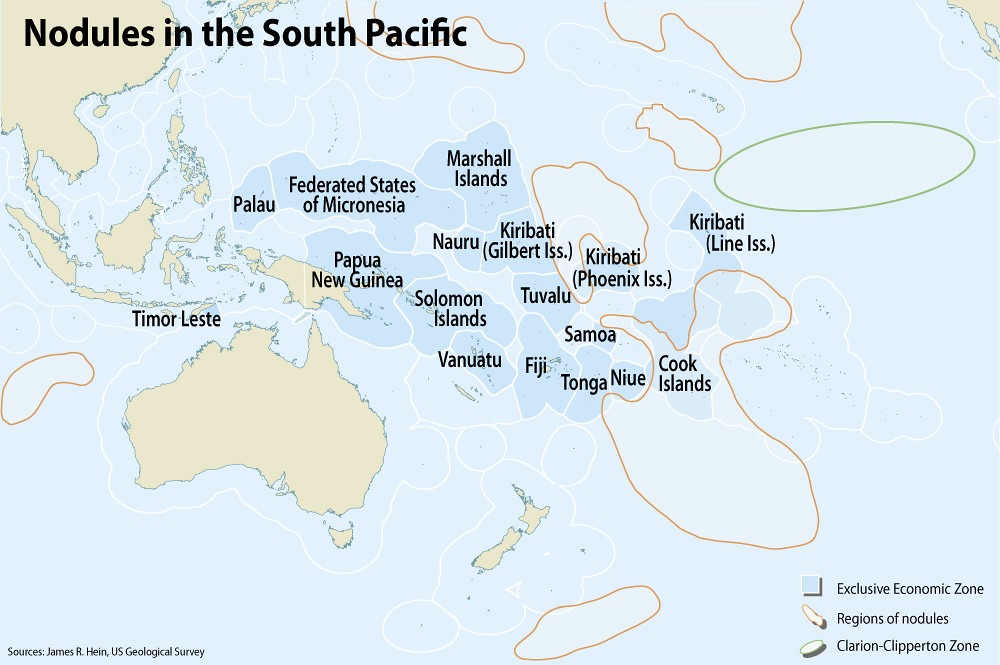Perizat RISBEK KIZI
The island states of the Pacific have a range of geostrategic advantages: vast exclusive economic zones; wealth in natural resources; advantageous geographical position for both international trade and important logistics points. All these factors make the region strategically important for many regional and international actors. For example, recently the United States of America (USA), Australia, New Zealand, Japan and the United Kingdom (UK) have created the international organization Partners in the Blue Pacific (PBP), which is aimed at developing effective cooperation and support for the island states of the Pacific region.
Main goals and objectives of the PBP initiative
The PBP is a five-nation “informal mechanism” to support Pacific islands and boost diplomatic and economic ties in the region. Announced on June 24, it speaks of enhancing “prosperity, resilience, and security” in the Pacific through closer cooperation.
In a joint statement released to announce the initiative, the member states said that the PBP aims to achieve the following goals and objectives:
- Deliver results for the Pacific more effectively and efficiently. Together and individually, the five-member countries will intensify ongoing efforts to support Pacific priorities in line with the upcoming 2050 Strategy for the Blue Pacific Continent.
- Bolster Pacific regionalism. The PBP will forge closer connections with Pacific governments and with the Pacific Islands Forum, by facilitating stronger and more regular engagement with member governments.
- Expand opportunities for cooperation between the Pacific and the world. The PBP will encourage and facilitate greater engagement with the Pacific by any other partner that shares the Pacific’s values and aims to work constructively and transparently to benefit the people of the region.
Also, according to the statement, PBP is primarily an economic union that aims to help small island states such as Fiji, Palau, Samoa and the Marshall Islands in solving problems from climate change to illegal fishing.
Although the initiative focuses primarily on the Pacific Islands region and aims to expand their cooperation in every possible way in order to support regionalism, many experts point out that the PBP is actually another way to “contain” China.
The Chinese factor in the formation of a new partnership
Geostrategic competition in the region has intensified recently after China began stepping up cooperation and offering the Pacific countries a massive economic and security deal, including increased law enforcement cooperation and deepening cybersecurity cooperation. The draft document appeared on the eve of the tour of Chinese Foreign Minister Wang Yi, which began on May 26, to eight countries in Oceania (China’s proposed security pact was rejected). These initiatives have caused dissatisfaction on the part of Australia, New Zealand and the United States about the strengthening of Beijing’s position in the strategically important South Pacific.
Moreover, against the backdrop of the recent security agreement between China and the Solomon Islands, the concerns of the US and its allies have increased and prompted urgent action to fill the power vacuum caused by the apparent lack of attention on their part.
It is also worth noting the statement of the White House coordinator for the Indo-Pacific region, Kurt Campbell, who on June 23 said that higher-ranking US officials would visit the Pacific Islands in the future. Campbell also stated that the United States needs more diplomatic facilities in the region:
“Sovereignty is central in terms of how we see the Pacific overall. Any initiative that compromises or calls into question that sovereignty, I think we would have concerns with”.
Pacific region in the spotlight
Against the backdrop of growing competition for spheres of influence in the region, several initiatives have recently been launched by the United States and its allies, including:
IPEF: Before launching the PBP this month, the US and its partners started the Indo-Pacific Economic Framework for Prosperity (IPEF), a trade-boosting play in the region with 13 nations — Australia, Brunei, India, Indonesia, Japan, Malaysia, New Zealand, the Philippines, Singapore, South Korea, Thailand, Fiji and Vietnam — as partners.
Today, June 28, Canberra’s new Minister for the Pacific announced that Australia will set up a defence school to train Pacific Island militaries.
Additionally, away from the Pacific, the G7 on Monday (June 27) announced a plan — Partnership for Global Infrastructure and Investment (PGII) by promising to raise $600 billion to fund development projects in low and middle-income countries. The five-year program is designed to be an alternative to China’s Belt and Road Project.
What does the current situation mean for the countries of the Pacific?
For the countries of the region, the unfolding situation can be perceived as an opportunity, but to a greater extent, it is a challenge. Opportunities – because both China and the USA with its allies will try to offer them certain preferences, trying to avoid strengthening the positions of the other. The challenge is that such foreign policy competition will also affect the domestic political situation in the Pacific countries, which can lead to the destabilization of the situation there.

